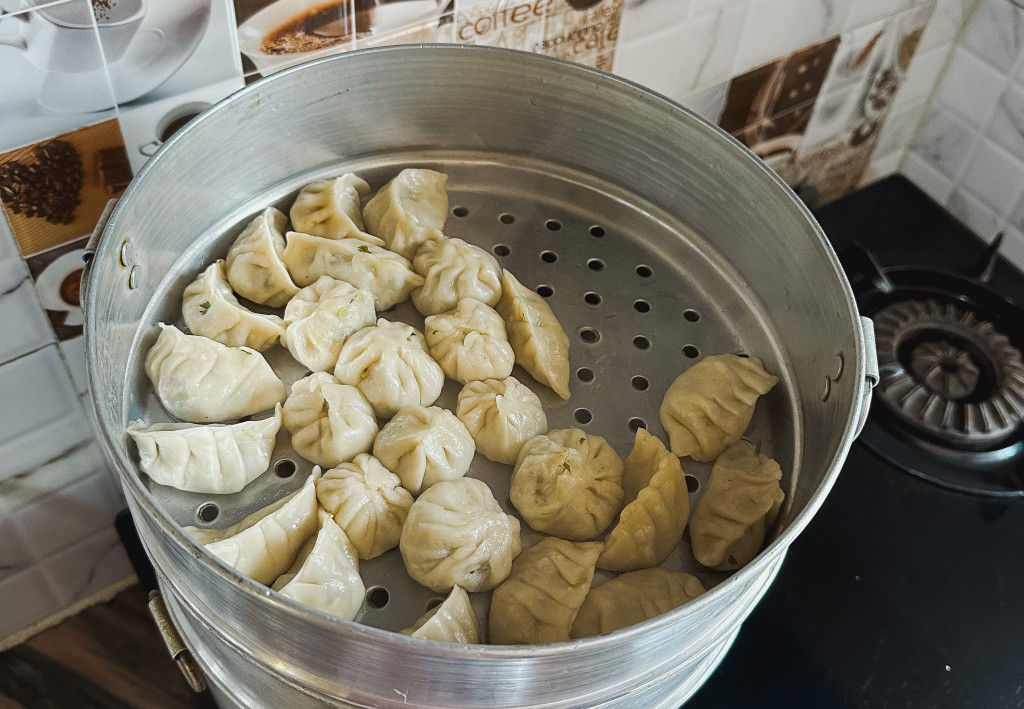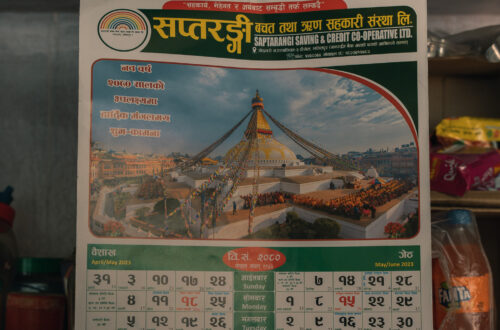
Nepali Cuisine: A Fusion of Culinary Traditions
Nepali cuisine combines the culinary traditions of India and Tibet to create a unique food culture, that reflects the geographical and demographic diversity of the country. While Nepali cuisine has been influenced by Indian and Tibetan cuisines, it has developed its own identity. The combination of local ingredients, cooking techniques, and cultural influences has shaped Nepali cuisine into a unique culinary experience. Nepali cuisine is influenced by different communities of Nepal like the Newar, Rai, Limbu, Bahun and other ethnical groups of Nepal.
The indigenous Newar community, located in the Kathmandu Valley, has their distinctive cuisine characterized by spicy meat and vegetable dishes. Meanwhile, in the Terai region a vast range of curries, breads, snacks and sweets is common. As one ventures into the high mountains, the traditional diet consists of noodle soups (Thukpas), meat stews, potatoes and toasted flour.
A Typical Nepali Meal: Dal Bhat
A typical Nepali meal consists of Dal (lentil soup) and Bhat (steamed rice). The simplicity and availability of these ingredients make them essential components of Nepali cuisine.
It is eaten mostly for lunch and dinner, but also for breakfast. Dhal Bhat is the staple food of Nepal, like bread is in Germany. This duo is accompanied by fresh vegetables and several spices.
A complete Nepali feast can include appetizers, multiple vegetable and meat preparations accompanied by chutneys or achars. Most Nepalis traditionally eat this meal every day.
Most Nepalis begin the day with a cup of tea or milk and some biscuits. Some have Dal Bhat in the mid-morning already as a healthy and nourishing breakfast, that will keep them full throughout the day.
Dal Bhat is a popular meal among the inhabitants of the Himalaya region and is also said to be the unofficial national dish of Nepal. Balanced, cheap, and nutritious, Dal Bhat is a meal that has fueled Nepalis for decades.

Spices and Flavors: The Essence of Nepali Cuisine
Nepali cuisine derives its rich flavors from a variety of spices and ingredients. Garlic, ginger, cumin, coriander, turmeric, and more are commonly used to enhance the taste of dishes. Unique Himalayan spices such as Timur (Szechwan pepper) and Jimbu (Himalayan herb) add a distinct flavor profile to Nepali cuisine. Mustard oil clarified butter (ghee), and Yak butter are frequently used for flavoring.
Eating Traditions
One fascinating aspect of Nepali dining culture is the tradition of eating with hands instead of using cutlery. “We love to eat our rice with our hands. We think it’s more delicious that way.” says Shruti Maharjan from Kathmandu.
The right hand is considered clean and is used for eating, while the left hand is considered unclean. Dal Bhat is often served on a comparted platter, like an Indian thali. In the traditional Nepali restaurants usually offer unlimited refills for one Dal Bhat meal. In the touristy areas this is not the case. Here, the prices are much higher as well, than in the local areas.

Momo: The Nepali dumplings
Momo, although originating from Tibet, has become a beloved food in Nepal. It is said that in history, Nepalis have overtaken the recipe of Tibetan dumplings and made their own version of it called “Momo”. Some even argue that Momo was introduced in Tibet by a Nepalese Newari princess who was married to a Tibetan king in the late fifteenth century, since in Newari, one of Nepal’s oldest languages, ‘Momo’ means cooking by steaming.
These steamed dumplings come in vegetarian and meat variants. Momo has gained popularity and is widely enjoyed as a traditional delicacy in Nepal. Similar to dim sum, the half-moon-shapes are filled with meat, vegetables and ginger, steamed, and served with hot tomato salsa and a bowl of broth.
Teahouses: The cafes of Nepal
The Teahouses, also called “Chiya Pasal”, are the typical Cafes of Nepal. They sell tea and basic meals and snacks. The Nepali Teahouses are typically modest operations run out of family kitchens. There are also Teahouses in hiking and trekking areas that offer accommodation to Adventurers. These small hotels in Nepal, offer a place to sleep and home-cooked meals.
A great number of international cuisines have also found their way into the Nepali food markets. Indian, Thai, Chinese, Italian and many more cuisines have dominated the menus of various restaurants in Nepal, says Deepali Shrestha from Nepal.
If you liked this content, make sure to check out our Article about Community Radios in Nepal.
Article by Sarah Burth






